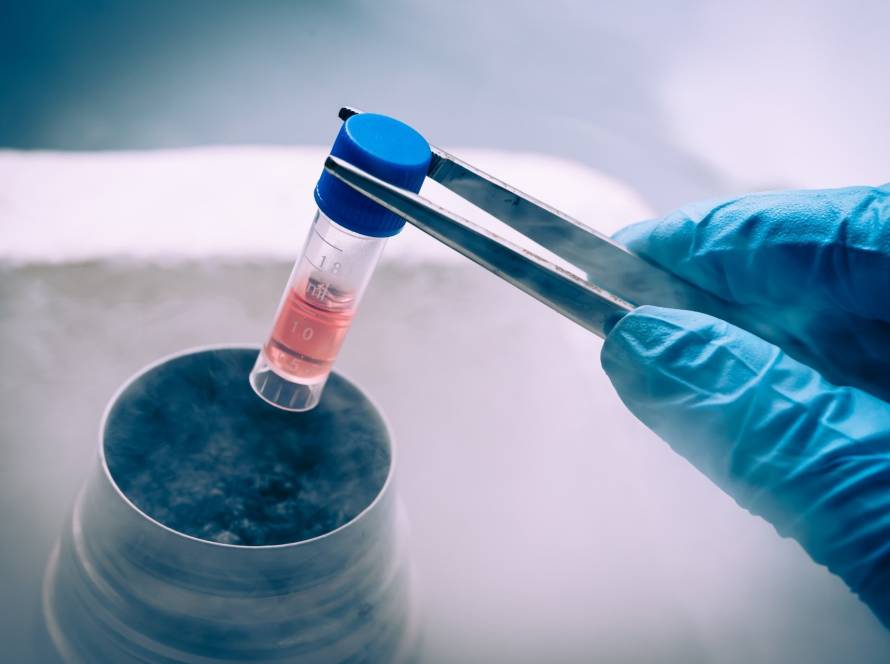In a significant step forward in aging research, scientists have identified a modified version of the antibiotic enrofloxacin that may serve as a novel anti-aging therapy, without the drawbacks of its original antibacterial effects.
The newly engineered compound, jx10, has shown the ability to extend lifespan and reduce cellular aging across multiple biological models, including worms, senescent cells and aged mice.
From antibiotic to anti-aging breakthrough
The study began with a phenotypic screening approach using caenorhabditis elegans, a model organism widely used in longevity research. Researchers discovered that enrofloxacin, a veterinary antibiotic, surprisingly extended lifespan in the worms.
Recognizing the potential for repurposing the drug, the team embarked on a process of rational drug design to retain its beneficial anti-aging properties while removing its antimicrobial activity, essential for minimizing unwanted side effects and resistance risks.
Jx10: a senomorphic with low toxicity
The resulting compound, jx10, maintained the lifespan-extending benefits observed in the original screen but displayed minimal antibacterial activity. This is a key achievement, as it allows the compound to be used therapeutically in aging without disrupting the microbiome or contributing to antibiotic resistance.
Mechanistically, jx10 functions as a senomorphic agent, meaning it suppresses the harmful secretions of senescent cells rather than killing them. Tt specifically inhibits p38 mapk and nf-κb, two inflammatory pathways strongly linked to age-related cellular dysfunction and chronic inflammation.
Successful results in cells and animal models
Jx10’s benefits were not limited to c. elegans. In tests on senescent cells, the compound improved cellular function and reduced inflammatory markers. In aged mice, treatment with jx10 led to enhanced healthspan indicators, reinforcing its potential as a therapeutic tool for age-related conditions.
Favorable safety and pharmacokinetics
Equally important, jx10 demonstrated a strong safety profile. The compound showed minimal toxicity, good pharmacokinetic characteristics and did not exhibit the harmful effects typically associated with long-term antibiotic use. These findings suggest jx10 could be a viable candidate for human use, pending further testing.
A new frontier in anti-aging drug development
This study illustrates the power of drug repurposing and rational design in identifying new therapeutics for aging. By transforming an existing antibiotic into a non-toxic senomorphic agent, the researchers have opened the door to a new class of targeted anti-aging compounds that could one day help prevent or delay age-related diseases and functional decline.
If future trials continue to support its safety and efficacy, jx10 could become a foundational therapy in the fight against aging, marking a major advance in the quest to extend not just lifespan, but healthspan.


